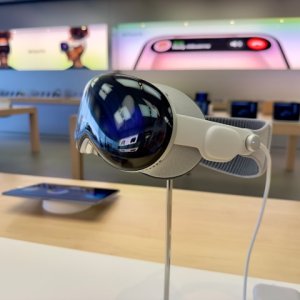
AI-Based Medical Devices Need Clear Regulations
 By Miriam Bello | Senior Journalist and Industry Analyst -
Wed, 06/22/2022 - 17:31
By Miriam Bello | Senior Journalist and Industry Analyst -
Wed, 06/22/2022 - 17:31
A report by Stanford University found that the US Food and Drug Administration (FDA) has large gaps in its approval procedures for AI medical devices. To improve its current regulation for AI-based medical devices, the FDA has recently called for improving the quality of the evaluation data, increasing trust and transparency between developers and users, monitoring algorithmic performance and bias on the intended population and testing with clinicians in the loop, according to Stanford University.
Since 2015, “the FDA has evaluated and granted clearance for over 100 AI-based medical devices using a fairly rudimentary evaluation process,” reads the report. Stanford scholars found significant shortcomings in FDA’s approval process. From the 130 approved AI-based devices, 97 percent performed only retrospective evaluations that are much less credible, 72 percent did not publicly report whether the algorithm was tested on more than one site and 45 percent did not report basic information, like sample size.
As technology becomes standard practice for health provision, regulators are required to update their frameworks to ensure patient safety, spur investment and foment market competitiveness. As of 2022, there is still no regulatory guidance in Mexico that specifically regulates the use of AI in medical devices, for a number of reasons. For example, AI uses a probabilistic algorithm, which makes it challenging to explain with certainty how its resulting decisions are made. “If it cannot be fully explained or justified, it is difficult for regulators to conclude whether the device is effective and safe to use,” explains StarFish Medical.
AI-based medical device developers in Mexico have explained that the country does not have a regulation for the tools they develop. For example, PROSPERiA’s Retinia is categorized as a medical device but a similar categorization is not available in Mexico, according to Cristina Campero, CEO, PROSPERiA. “Retinia is not a typical medical device because it works independently from a physical medical instrument and does not deliver a diagnosis; it helps ophthalmologists to effectively identify an eye problem caused by diabetes,” explains Campero.
Retinia is an AI-based device that analyzes retinas’ images captured with a specialized fundus camera. Retinia analyzes these images, detects damage caused by diabetes and generates recommendations on what it detects.
Campero says that she would like to see clear regulation for novel technologies like Retinia, as Mexico has a shaky framework for technology in healthcare, so entrepreneurs are operating without clear local guidelines and can only follow good-practice manuals generated by international organizations. As these developments continue to arise, it is fundamental for regulators to define regulatory requirements and generate future guidelines for medical device manufacturers that employ AI.
















